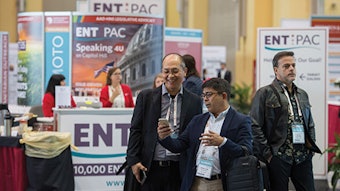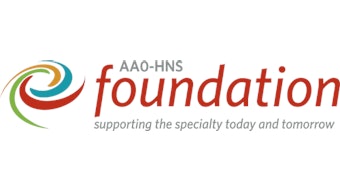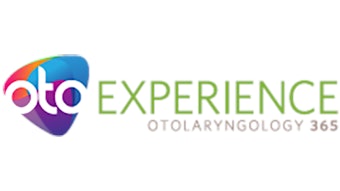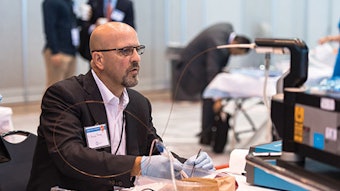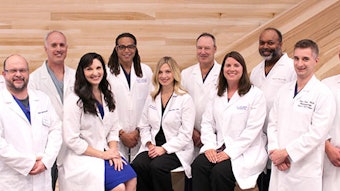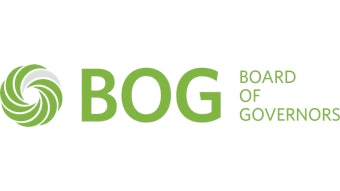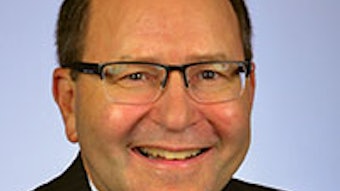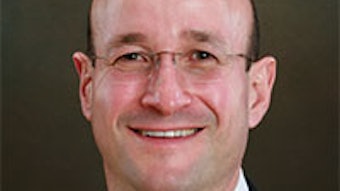Private practice otolaryngology is not a dying concept
I am a committed private practice otolaryngologist, and one major theme for my year as AAO-HNS/F President has been to reinforce and reassure our membership that the premise of the “demise of private practice” is a false one.
Gavin Setzen, MD
AAO-HNS/F President
I am a committed private practice otolaryngologist, and one major theme for my year as AAO-HNS/F President has been to reinforce and reassure our membership that the premise of the “demise of private practice” is a false one.
The goal in healthcare provision today is demonstration of value and quality. Otolaryngologists aspire to provide care consistent with the goals of the Triple Aim: improving the experience of care, improving the health of populations, and reducing per capita costs of healthcare.
It has become more difficult for individual solo private practitioners and small physician groups (1-3) to compete in the current environment. There are many factors contributing to these differential pressures, including geographic location, local competition and stakeholder relationships, overregulation and reporting burdens, requiring sophisticated and costly IT platforms, and EHR. There are many other “business of medicine” factors requiring constant attention to remain competitive, including the ability to monitor and negotiate contracts, optimize revenue cycle management, and ensure operational efficiency to lower cost and optimize margin.
Private practice and autonomy and the ability to shape one’s medical philosophy and patient care paradigm are appealing for many. It’s no coincidence that the 2017 AAO-HNS/F Socioeconomic Survey data reflected that 57 percent of respondents were in private practice, a percentage that has been fairly stable since 2011.
Single Tax ID operations, Clinically Integrated Networks (CIN), and Joint Ventures, including hospital relationships, are all mechanisms for enhancing practice efficiency, while maintaining independence. Many variables will continue to challenge different practice settings, most notably future supply of otolaryngologists, the cost of higher education, the role of subspecialization, the role of advanced practice providers, and unpredictable changes in healthcare reform.
The role of data in healthcare is paramount and the ability to control and meaningfully use that data is critical, as most stakeholders in healthcare today will look to that data to measure our quality and value. This also will be the basis for reimbursement.
Enter Reg-entSM. It will help to transform value and sustainability in our field in every practice setting and will be equally beneficial to both private practice and employed/academic practices. There are many exciting developments regarding the AAO-HNS/F qualified clinical data registry (QCDR) that will have a profoundly positive impact on private practice for decades to come. We will demonstrate our value and quality through Reg-ent.
The healthcare provision’s complexity remains a hindrance. Economic pressures will persist, and the cost of doing business increases while reimbursement decreases. It’s reassuring to know that the Academy continues to advocate for and protect members in negotiating with health policymakers, payers, consultants, regulators, the public, pharma, medical device companies, hospital systems, and myriad other entities vying for dominance, control, and relevance in the rapidly changing healthcare arena.
I’m cautiously optimistic based on some potential changes from the health policy arena and payers, including recent comments from Seema Verma, CMS Administrator.
“One of the barriers around [promoting] value-based care is burdensome regulations, and that’s where Stark comes into it. We are going to do something on Stark—I’m very certain about that—and we hope to have something out by the end of the year,” Verma said.
Stark law prohibitions have been burdensome, and a change here will impact private practice otolaryngology as it relates to business opportunities, including ambulatory surgery centers, imaging facilities, other diagnostic and treatment centers, as well as other potential joint venture relationships with community stakeholders.
Verma and HHS Secretary Alex Azar were explicit regarding value-based healthcare in the 21st century in their comments regarding the rollout of the Proposed CY 2019 Physician Fee Schedule and Quality Payment Program (QPP). There appears to be a recognition of the need to refocus efforts on patient care while modernizing payment policies in Medicare. There’s also a move to enhance the role and availability of telemedicine and the concept of price transparency in healthcare. Many initiatives are directed at primary care and population health management, not specifically to otolaryngology and surgical subspecialties. One thing is clear: There are fewer dollars available in healthcare.
CMS has proposed documentation changes for physicians performing E/M visits, giving providers different options for documentation, such as using medical decision-making or time.
In my opinion, there will be less purchasing of private practices by hospitals and other vertically integrated systems as CMS plans to continue site-neutral payment policies under Section 603 of the Bipartisan Budget Act. Under the 2019 proposed rule, off-campus facilities would be paid 40 percent of the Outpatient Prospective Payment System amounts. This augurs well for sustaining private practice, albeit in potentially larger private group practice settings.
In addition, Anthem recently changed its imaging coverage policy and requires that 80 percent of Advanced Medical Imaging, including CT imaging and MRI, be performed in a freestanding facility, not a hospital-based center. Other insurers will likely adopt similar policies in time. This presents an opportunity for private practice otolaryngologists performing point-of-service CT imaging in their offices. This is important since approximately two-thirds of otolaryngologists (63 percent) indicated performing CT imaging on-site per the 2017 AAO-HNS/F Socioeconomic Survey.
I’m confident that the future of private practice otolaryngology remains strong and that the challenges in healthcare management and reimbursement will continue, affecting the house of medicine overall. We’ll have to band together to take on head to head these challenges, knowing that the AAO-HNS/F has our back!
